What you need to know about growing roses outdoors?
It's hard to find a more fun activity than growing roses. In the open ground of parks, squares, gardens, you can see an unthinkable number of species of these decorative bushes. The aroma emanating from them is unique, and the color palette of blossoming buds is diverse: white, burgundy, yellow, red and even black.
Roses are self-sufficient, beautiful in themselves. Even landscape designers rarely combine them with other colors, and the most successful neighbor is considered allium... Experts have developed frost-resistant varieties for the climate of Siberia, and many types of bushes feel great without shading even under the scorching rays of the southern sun.
A little about rose bushes
Before planting these flowers, you need to read the care recommendations of specialists and carry out some preparatory work. Gardeners living in Siberia must select information adjusted for their region. Optimal conditions for keeping roses: temperature within 22-27 ° C, average humidity and direct sunlight. You can plant bushes in places with a predominance of diffused light, but the color of the buds will be pale, and they themselves gradually grind.
Despite the apparent strength of the stems, it is not worth planting on areas of terrain, which are characterized by piercing winds - icing and death of flowers are possible. When drafts walk through the garden, the seedlings are placed near the walls of houses or decorative arbors.
Proper care begins already at the stage of soil selection in the spring. The soil for roses should be loose, nutritious, with neutral PH values. Even the climatic conditions of Siberia are suitable for planting bushes on slightly acidic loamy soils without stagnant moisture. With constant flooding of flower beds with groundwater, even such moisture-loving plants can be lost - putrefactive processes will occur.
Advice: to avoid decay, experts advise - to properly dig holes for seedlings at least a couple of weeks before planting. If during this time it is filled with water, then you can transfer the future flower bed to a drier area or lay a thick layer of drainage material in the pit.
When they also wanted to plant roses in Siberia, agronomists began to plant ordinary rose hips on the bushes. The result is unique frost-resistant species. They are characterized by rapid rooting in spring, which is important for short summers and autumn. Some of the rose varieties do not require wintering in cellars.
You can plant roses in autumnas well as in the spring. In mid-November, the time is chosen so that, before the onset of frost, rooting occurs, but the buds do not begin to swell. The flower will spend all its energy to form leaves, not roots, and may die in winter. In spring, planting is carried out when a positive soil temperature is established (8-11 ° C). The first to properly plant grafted, frost-resistant seedlings, roses with their own roots a week later. For Siberia, planting ornamental bushes is possible from mid-May.
Several ways to successfully plant roses
The most common way of propagating these flowers in spring is by cuttings. Using a sharp, sterile knife, cuttings 12-15 cm in size are cut from the most powerful shoot. Each of them should have several leaves, which are shortened by a third of the length, and a pair of buds. Every gardener has his own correct way of rooting cuttings:
- In distilled water with periodic changes.
- Using a plastic bag filled with disinfected soil.
- In a large potato tuber using a greenhouse.
Facilitates further care by placing cuttings directly in the places of future flower beds. The cuttings are soaked in a slightly pink solution of potassium permanganate and planted at a slight angle in the holes. The seedlings are covered with glass jars. When the shoots begin to break through, the cans are removed for preventive hardening of the plants. After a week, the greenhouses are finally removed. Rose breeders from Siberia prefer not to take risks and plant seedlings when the roots are already completely formed.
Advice: it is better not to let young seedlings bloom in the first summer. The resulting buds must be removed by pinching, then all the power of the bush will be directed to the development of a strong root system.
When you want a lot of rose bushes, besides the most different, planting seeds is practiced. For southern latitudes, there is no need to use greenhouses when leaving, you can sow directly into the beds. And it is difficult for Siberian gardeners to do without it - the plant will not have time to form in a short summer. You can plant seeds both in autumn and in spring in soil enriched with minerals.
Many lovers of these flowers are constantly expanding their collection by purchasing new adult seedlings on the market. It is correct to make purchases in the fall - there are fresh flowers on the bushes, which excludes the possibility of deception and will facilitate further care. Having brought home a seedling, it is necessary to remove old branches, and shorten too long roots by a third. At night, young bushes are soaked in water, in the morning they prepare a chatterbox from rotted manure, clay and water. Saplings up to the first leaf are immersed in a container with suspension for several hours.
The root system of roses is not intended to be planted in soil with air voids. Even the smallest spine should be covered with earth. There are two ways to plant bushes:
- At the bottom of the pit, you need to pour a bucket of water, and then pour the soil, carefully tamping it. At the end of planting, several buckets of water should be poured under the bush.
- At the bottom of the hole, you need to pour two buckets of water, then cover the bush with earth and tamp it. After two days, fill the flower bed with water.
Tip: it is best to plant roses in the evening, when the sun goes down. The roots are distributed evenly over the hole, and each root must be straightened. Plants are immersed so that the grafting point is 6 cm below the surface of the soil.
A 10-15 cm rose bush should be sprinkled with a mound of soil for two weeks. In Siberia, the embankment can be made higher for a longer period. After the formation of the first shoots, the earth is cleaned from the stem. Now you need to mulch with humus or high moor peat.
How to care for a flowering bush?
Caring for roses always means abundant watering. For proper watering, several buckets of water are required per bush 2-3 times a week. If you apply water under the root every day, then you can overmoisten the root system. The result will be the formation of various putrefactive processes and the plant will die. When the heat is stable, you need to water every day - drying out of the roots is unacceptable.
Bushes need constant pruning. When unnecessary young shoots are cut, the plant spends energy on the formation of buds. Cardinal pruning is required for a flower before planting in flower beds. Cut off the shoots by two thirds of the stem length. Young shoots will grow stronger and give a stronger flowering with such care.
Tip: experts warn that climbing roses cannot be cut after wintering. Large and bright flowers form on overwintered shoots.
Ornamental bushes are highly respected in the care of the use of both organic and mineral fertilizers. Fresh manure cannot be used, since there is a high probability of burning the root system. But a rotted half-year (especially a horse) is perfect.
When to fertilize:
- For a more lush flowering during the budding period, the bushes are fed with calcium nitrate (25 g per bucket of water).
- Complex mineral fertilizers and a weak organic solution are applied twice a month under the roots of roses.
Even with proper care, brown or black spots can form on the leaves, which then spread to the entire plant. All damaged parts of the bush should be cut off and treated with any insecticidal preparation. The most dangerous disease for a flower is powdery mildew. Usually occurs on purchased seedlings when the plant was initially infected. The main symptom is whitened drying leaves. Too damaged bushes must be burned, the remaining ones should be sprayed with insecticide.
Roses can be grown in all climates. In Siberia, gardeners plant as many varieties on flower beds as in any other region. The main difference is the need to shelter the bushes from severe frosts with the help of wooden frames, peat and spruce branches. For further care, you should act according to the general rules with minor amendments to the place of residence.
Contemplating rose bushes is extremely rewarding. Just a short walk through the blooming garden in spring calms, worries and worries recede. Fragrant inflorescences are used to make sachets, and amazing jam is prepared from the mistress's petals. And you should delight yourself and loved ones with lush bouquets throughout the summer.

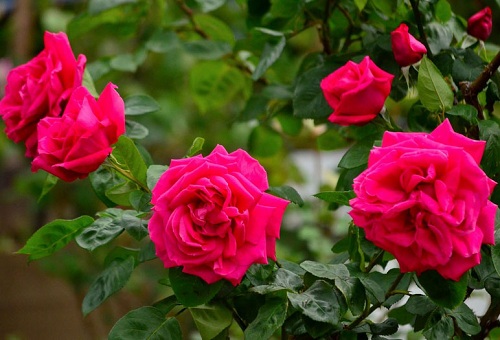

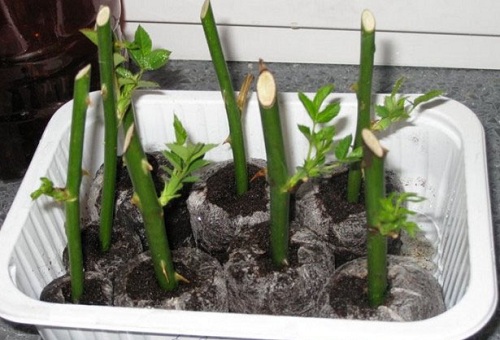
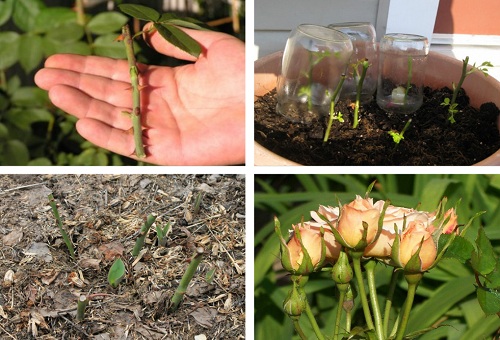
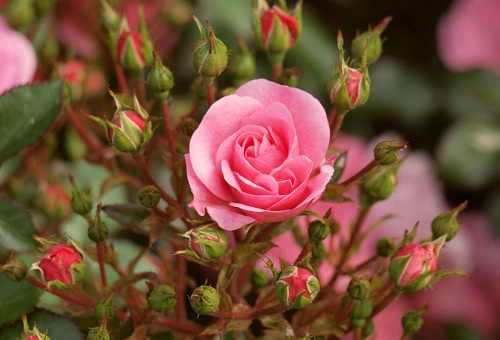
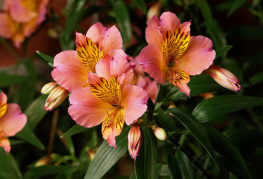
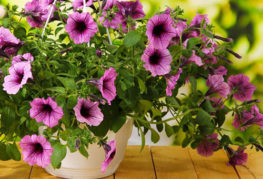
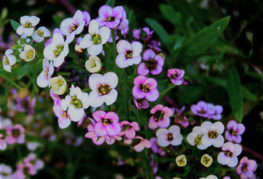
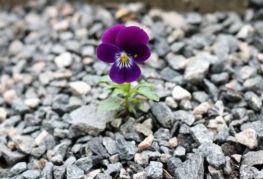
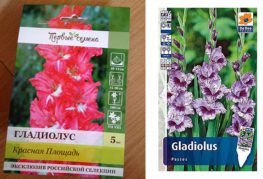

and will be published shortly.